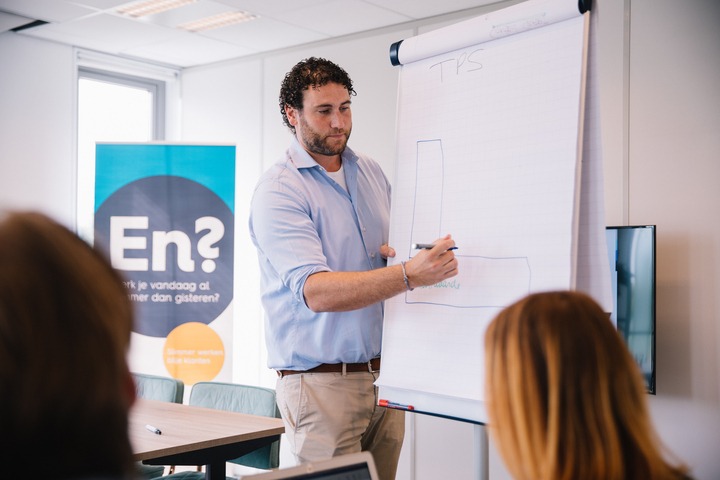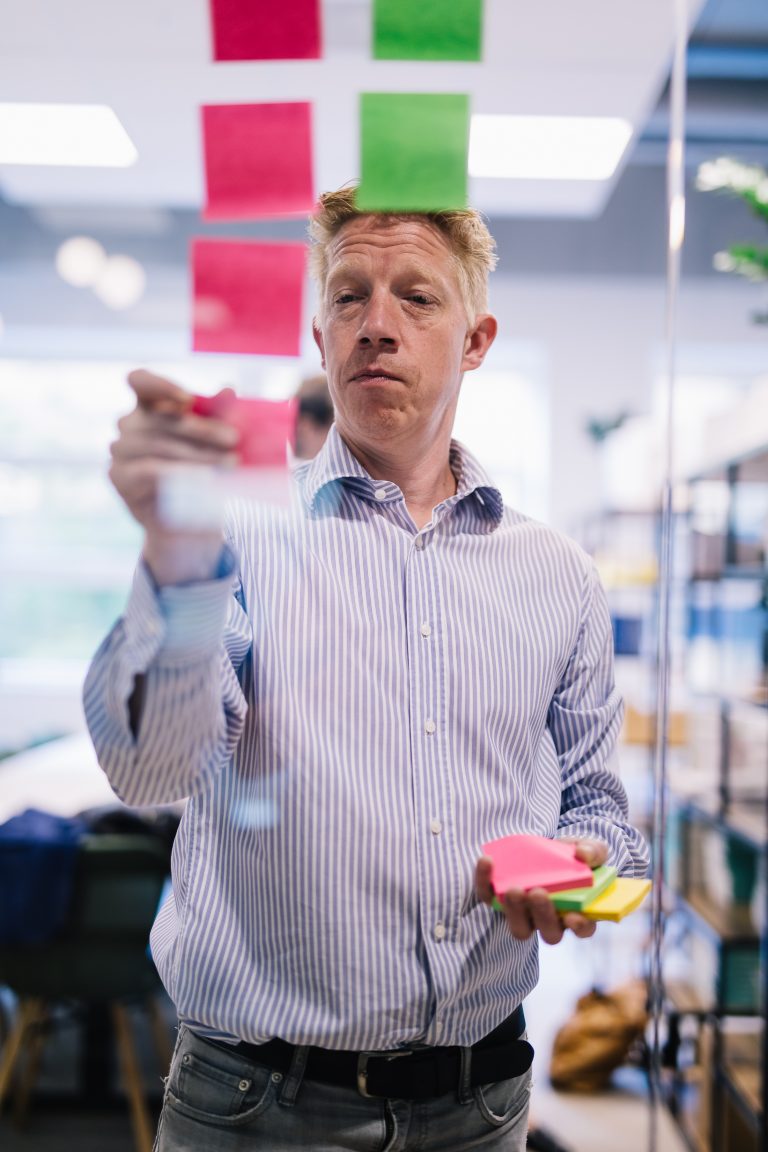Muda, Muri and Mura
Do you recognize the following scenario? Some days, you are feeling as if your workload may be heavier than your colleagues’. You can not find a moment of rest, whilst they can find many. It might be, you are suffering from Muda, Muri and Mura. These three Japanese terms concern the disruption of (business) processes and are unmissable within Lean.
Muda was introduced by Taiichi Ohno from Toyota and means waste. Taiichi deems there are seven different forms of waste, which are: transport, inventory, motion, waiting time, overproduction, overprocessing and defects. In other words, Muda is the comprehensive term of all these types of waste. ´Lost talent´ is another form of waste, which was added by Womack and Jones in their well-known book “The machine that changed the world”.
Lean aims at decreasing Muda, because not only are they able to evoke frustration within you and your colleagues, customers might have to deal with this as well.
The term Muri is often used to reason about situations where employees or machines are unable to digest the workload. A possible result is an accumulation of work. Another description in Lean-jargon is the “bottleneck”. This means the work pressure is higher than the work that can actually be processed. The entire pace of work is determined by this.
Mura can be described as a skewed distribution. An example has already been given, by the drawn scenario in the introduction. This uneven distributed workload is unfortunately common in many businesses. Take into account you suffer from Mura if your workload is unevenly distributed over your week as well.
Eliminating these three M’s creates a continuous, outbalanced business process, which accounts for a minimum of impediment of the process and a manageable workload for each employee as well as all machines.
But what influence do Muda, Muri and Mura actually have concerning your processes?
How can one achieve this, you ask? By creating a ‘flow’ and ‘pull’; two Lean principles. A flow is Centralizing the employee and focusing on a continuous culture of progress leads to an elimination of variation in the process. Together with discarding activities without clear capital gain and building in flexibility, the end of Muda, Muri and Mura can be reached.





